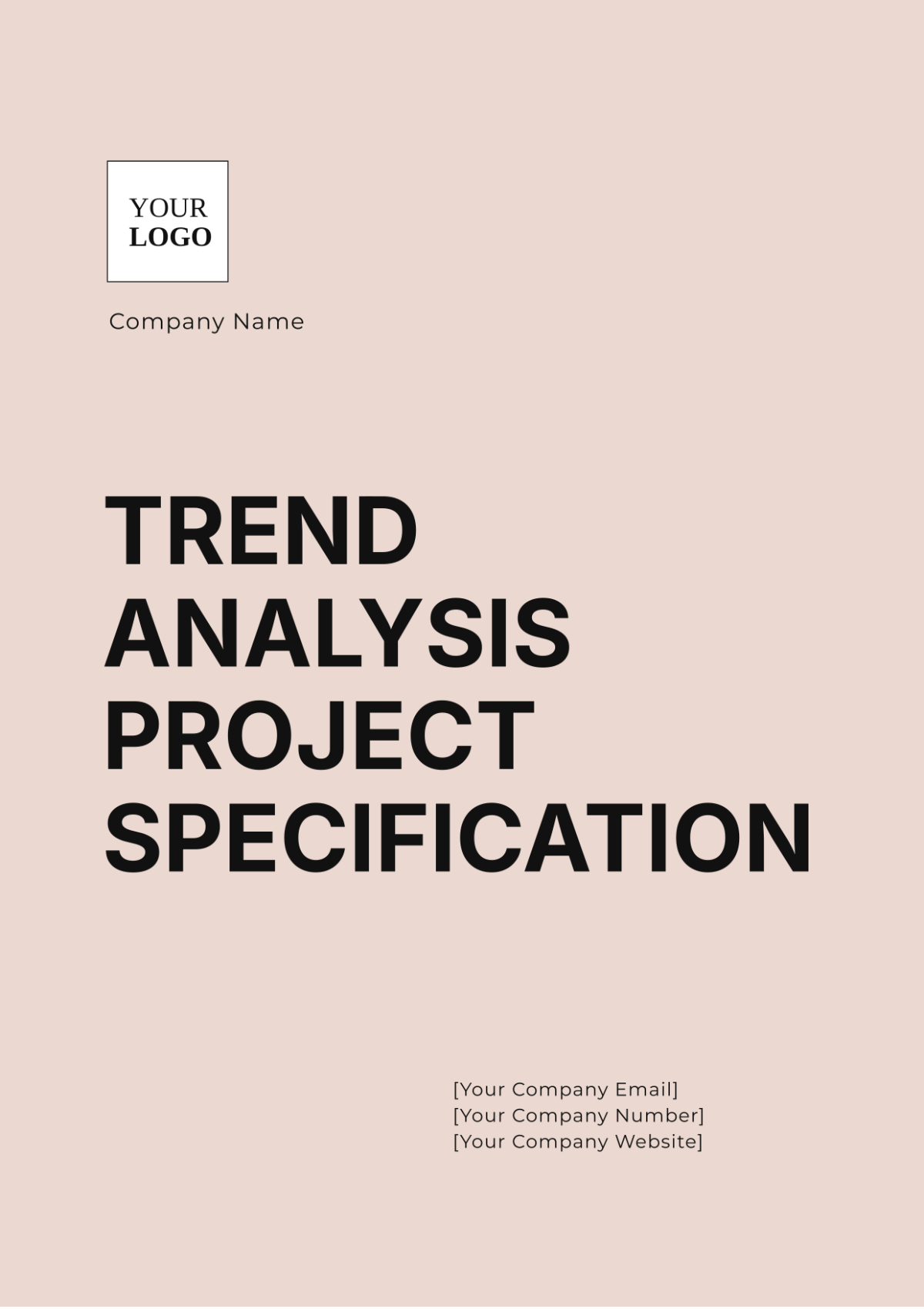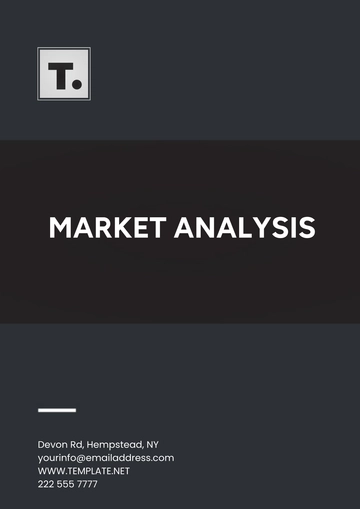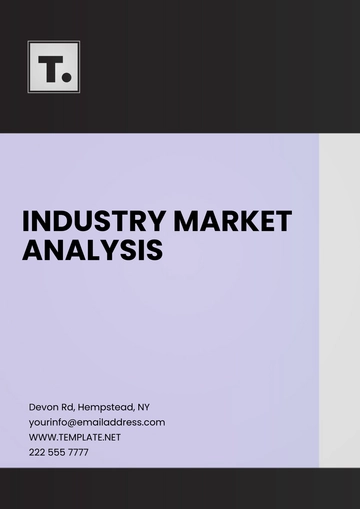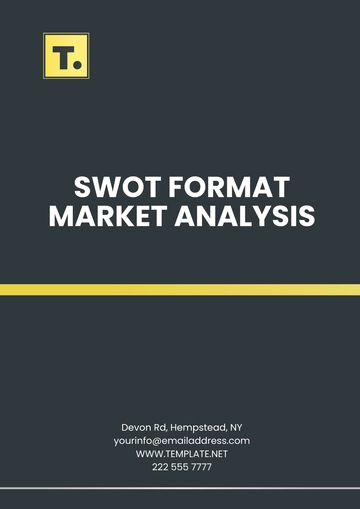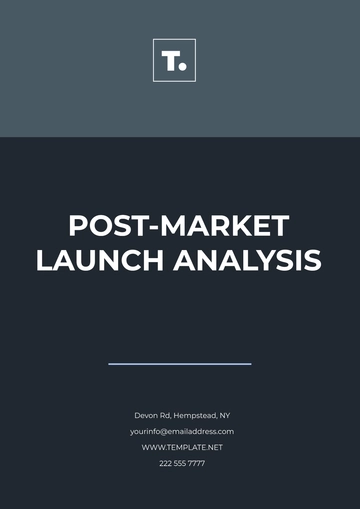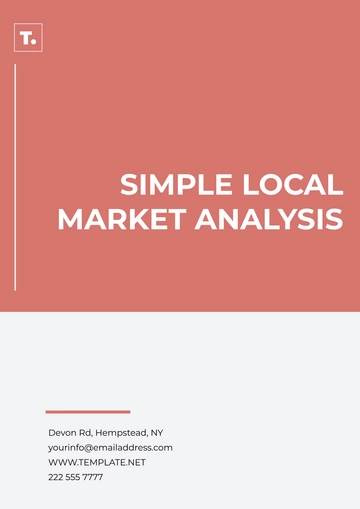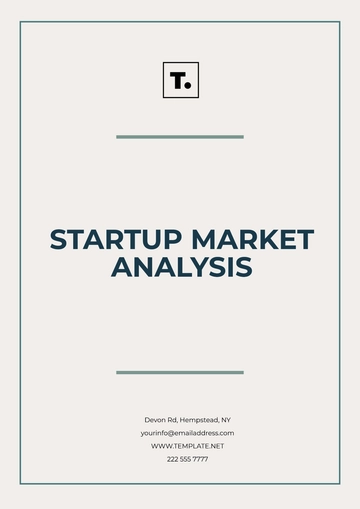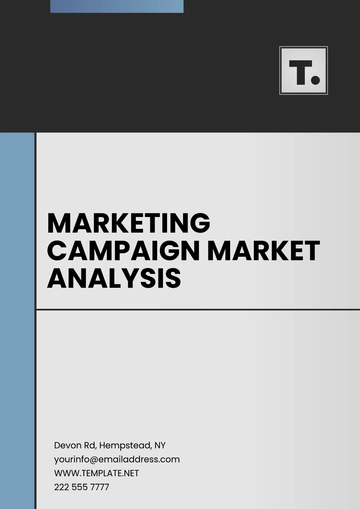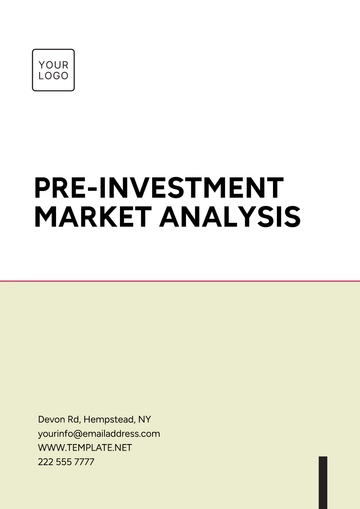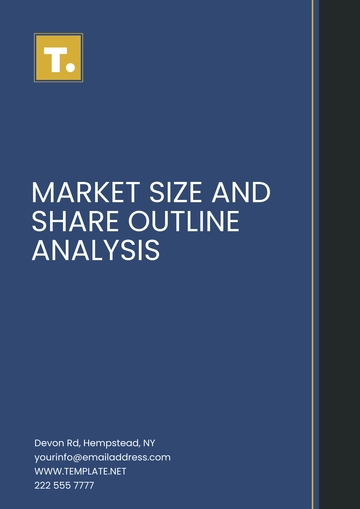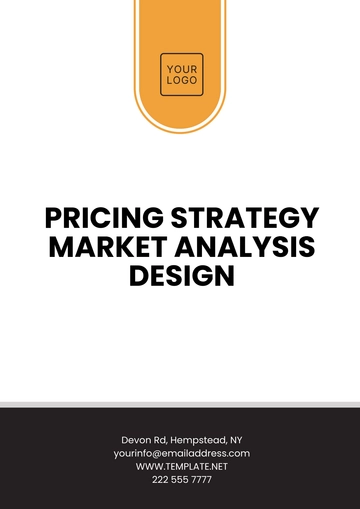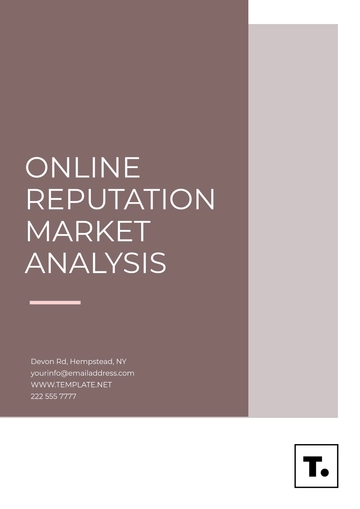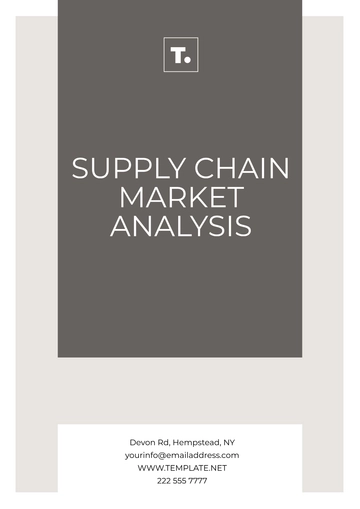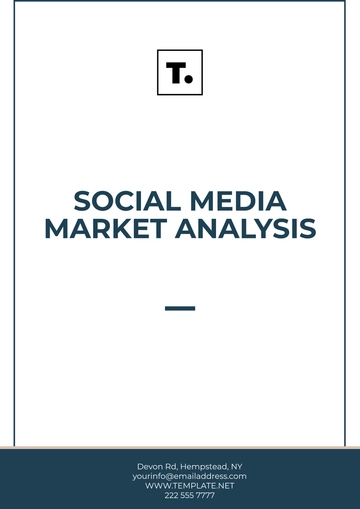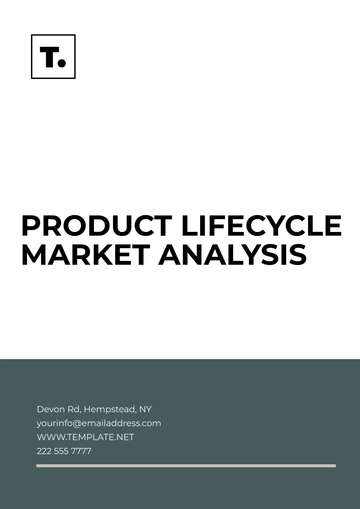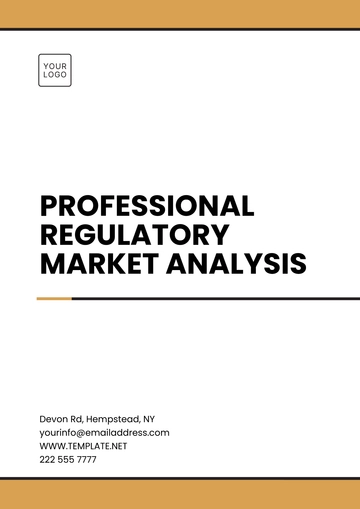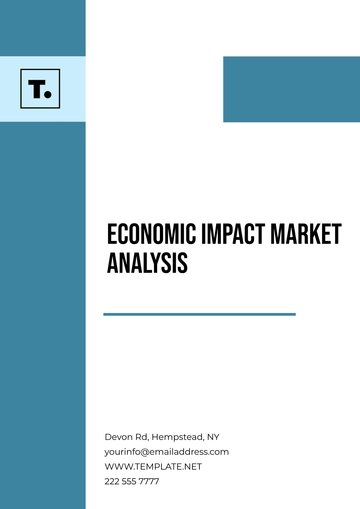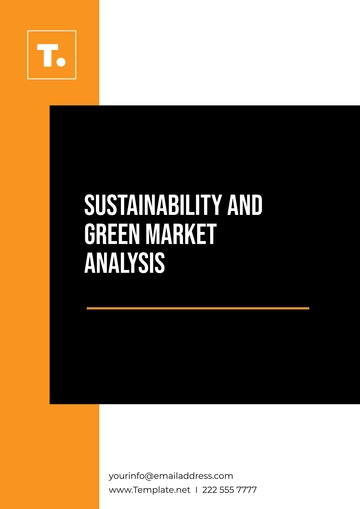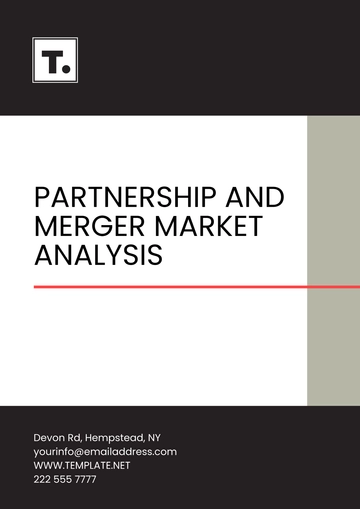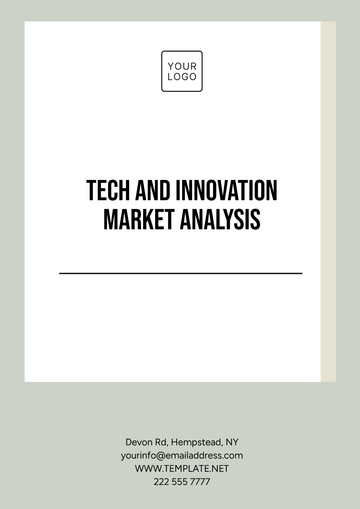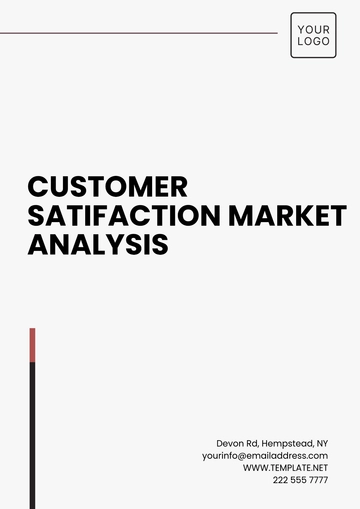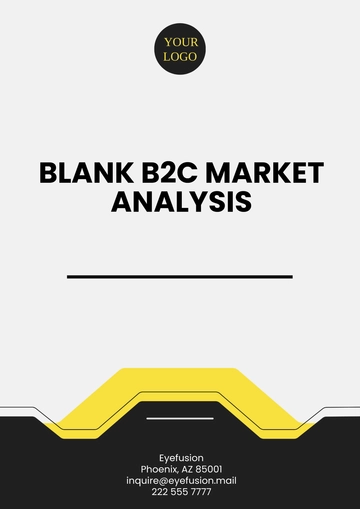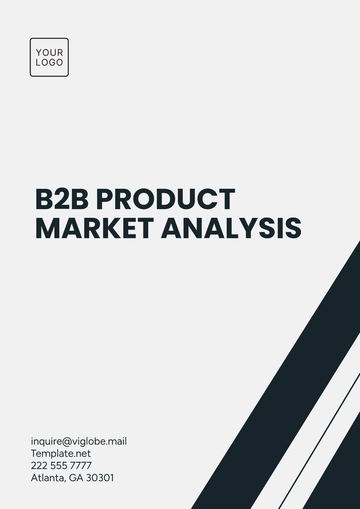Trend Analysis Project Specification
Prepared By: [Your Name]
Date: [Date]
1. Project Overview
1.1 Objective:
To conduct a comprehensive trend analysis to identify, examine, and interpret emerging trends in the renewable energy sector. The project will provide actionable insights and forecasts to guide strategic decisions for future investments and policy-making.
1.2 Scope:
Collection and preparation of relevant data
Analysis of historical and current trends
Identification of key trend drivers
Forecasting future trends
Reporting and recommendations
2. Project Goals and Deliverables
2.1 Goals
Trend Identification: Recognize and define significant trends in renewable energy technologies and market dynamics.
Data Analysis: Analyze historical data on renewable energy production, technology adoption, and market growth.
Predictive Modeling: Develop models to forecast future trends in energy consumption, technological advancements, and policy effects.
Report Generation: Create a comprehensive report detailing findings, insights, and recommendations for stakeholders.
2.2 Deliverables
Data Collection Report: Document outlining the data sources, collection methods, and data quality assessment.
Trend Analysis Report: Detailed analysis, including trend identification, data interpretation, and actionable insights.
Predictive Models: Forecasting models with explanations of methodologies and results.
Final Presentation: A presentation summarizing the project findings and recommendations for senior management and stakeholders.
3. Project Scope
3.1 Data Collection
A. Sources:
Renewable Energy Agency reports
Industry databases (e.g., IEA, EIA)
Market surveys
Academic journals
B. Data Types:
Quantitative data (e.g., solar panel installation rates, wind turbine efficiency)
Qualitative data (e.g., policy changes, technological innovations)
C. Methodology:
Data scraping from industry websites
Surveys of industry experts and stakeholders
Data extraction from government and academic sources
3.2 Data Preparation
A. Data Cleaning:
B. Data Transformation:
Normalization of data units (e.g., converting all energy production data to terawatt-hours)
Aggregation of regional data into global trends
C. Data Integration:
3.3 Trend Analysis
Historical Analysis: Examination of past data to identify trends over time.
Current Trends: Analysis of current data to identify ongoing trends.
Trend Drivers: Identification of factors influencing trends, such as economic conditions, technological advancements, and consumer behavior.
3.4 Predictive Analytics
Model Selection: Choosing appropriate predictive models (e.g., time series analysis, regression analysis).
Model Training: Training models using historical data to predict future trends.
Validation: Testing models for accuracy and reliability.
4. Methodology
4.1 Analytical Techniques
A. Statistical Analysis:
Descriptive statistics to summarize data characteristics
Correlation analysis to identify relationships between variables
Hypothesis testing to validate trends and predictions
B. Data Visualization:
C. Machine Learning:
4.2 Tools and Software
Data Collection: Python, R, SQL, web scraping tools
Data Analysis: Excel, SPSS, SAS, Python libraries (Pandas, NumPy)
Predictive Modeling: Python (Scikit-learn, TensorFlow), R (forecast package)
Reporting: Microsoft Word, PowerPoint, Tableau
5. Timeline and Milestones
Milestone | Description | Completion Date |
|---|
Project Kickoff | Initial meeting and project planning | January 15, 2050 |
Data Collection | Gathering and preparing data | February 28, 2050 |
Data Analysis | Trend identification and analysis | April 15, 2050 |
Predictive Modeling | Developing and testing models | June 30, 2050 |
Report Generation | Drafting and finalizing the report | August 15, 2050 |
Final Presentation | Presentation of findings and recommendations | September 5, 2050 |
6. Resources and Budget
6.1 Personnel
Project Manager: Oversees project execution and coordinates team efforts.
Data Analysts: Responsible for data collection, preparation, and analysis.
Data Scientists: Develop predictive models and perform advanced analysis.
Report Writers: Prepare and edit project reports and presentations.
6.2 Budget
Category | Description | Cost |
|---|
Data Collection Costs | Fees for data sources, surveys, and tools | $50,000 |
Software Licenses | Analytical and reporting software | $20,000 |
Personnel Costs | Salaries for project team and consultants | $150,000 |
Miscellaneous | Travel, training, and incidental costs | $10,000 |
Total | | $230,000 |
7. Risk Management
7.1 Identified Risks
Data Quality Issues: Inaccurate or incomplete data affecting analysis.
Technical Challenges: Difficulties with data integration or model accuracy.
Timeline Delays: Potential delays in data collection or analysis.
7.2 Mitigation Strategies
Data Quality Checks: Implement rigorous data validation and cleaning processes.
Technical Support: Engage with IT and data experts for technical challenges.
Contingency Planning: Develop a project buffer and adjust timelines as needed.
8. Evaluation and Success Criteria
8.1 Evaluation Metrics
Accuracy of Predictions: Comparison between predicted and actual trends.
Quality of Insights: Relevance and usefulness of the insights provided.
Stakeholder Satisfaction: Feedback from stakeholders on the final report and presentation.
8.2 Success Criteria
Achievement of Objectives: Meeting all project goals and deliverables.
Timely Delivery: Completion of the project within the agreed timeline.
Budget Adherence: Staying within the allocated budget.
9. Conclusion
The Trend Analysis Project aims to provide a thorough examination of key trends in the renewable energy sector. By leveraging data analysis and predictive modeling, the project will offer valuable insights and actionable recommendations to guide future investments and policy decisions.
Project Specification Templates @ Template.net
